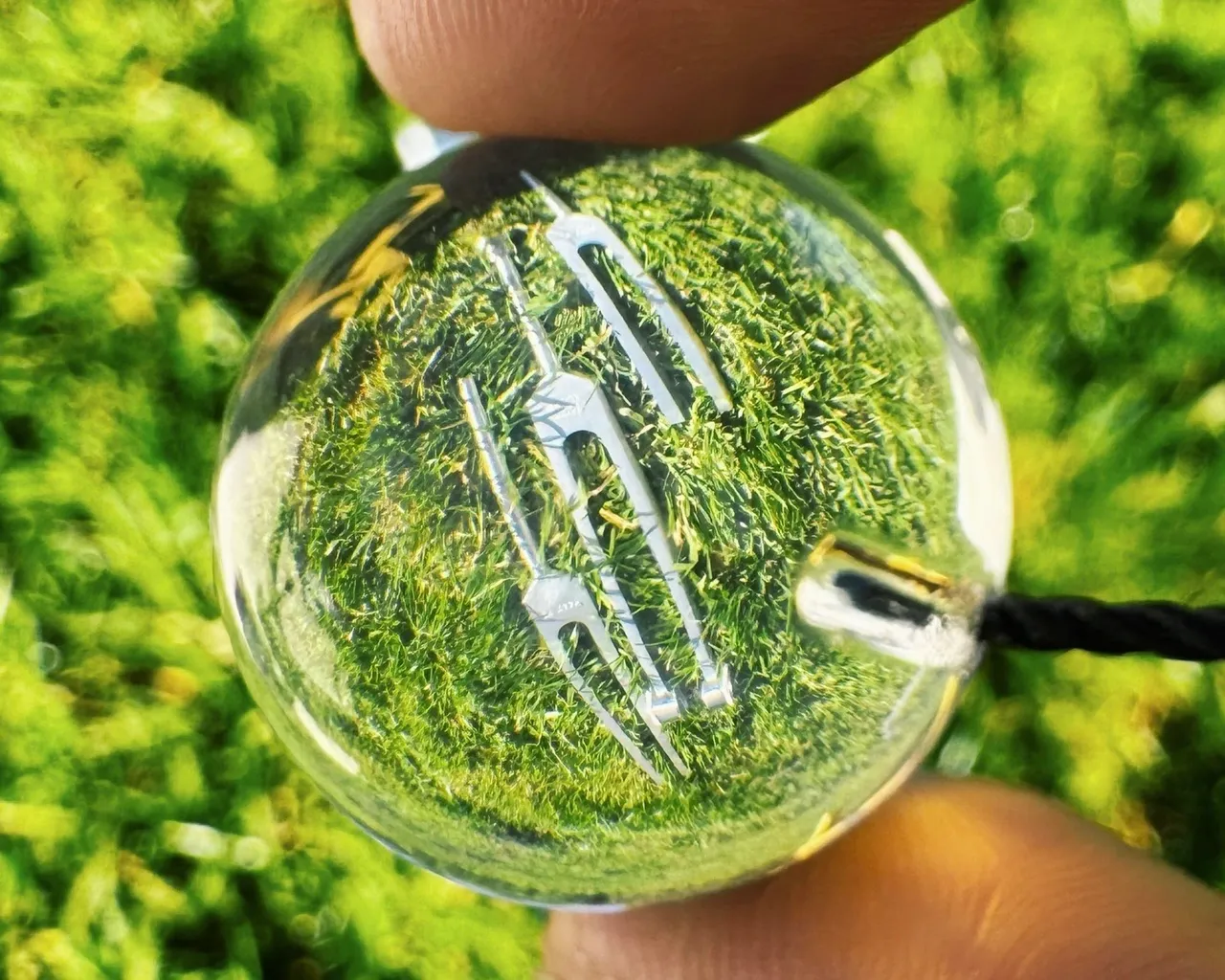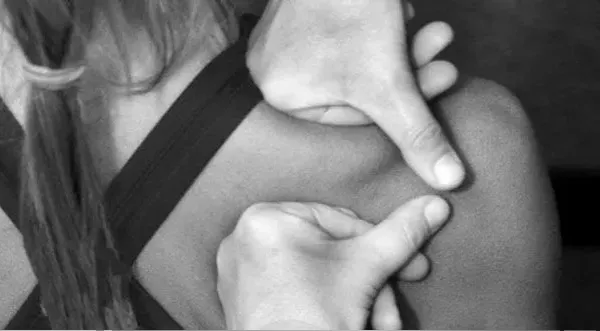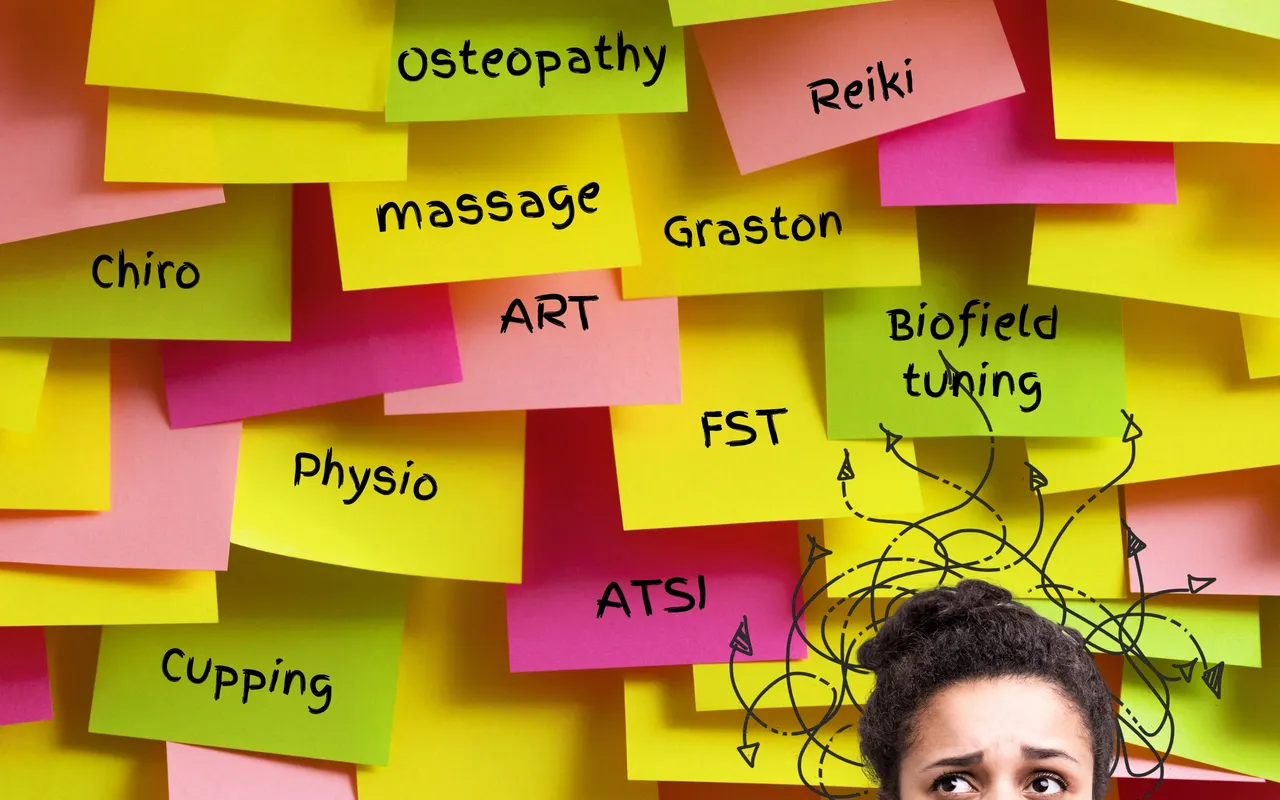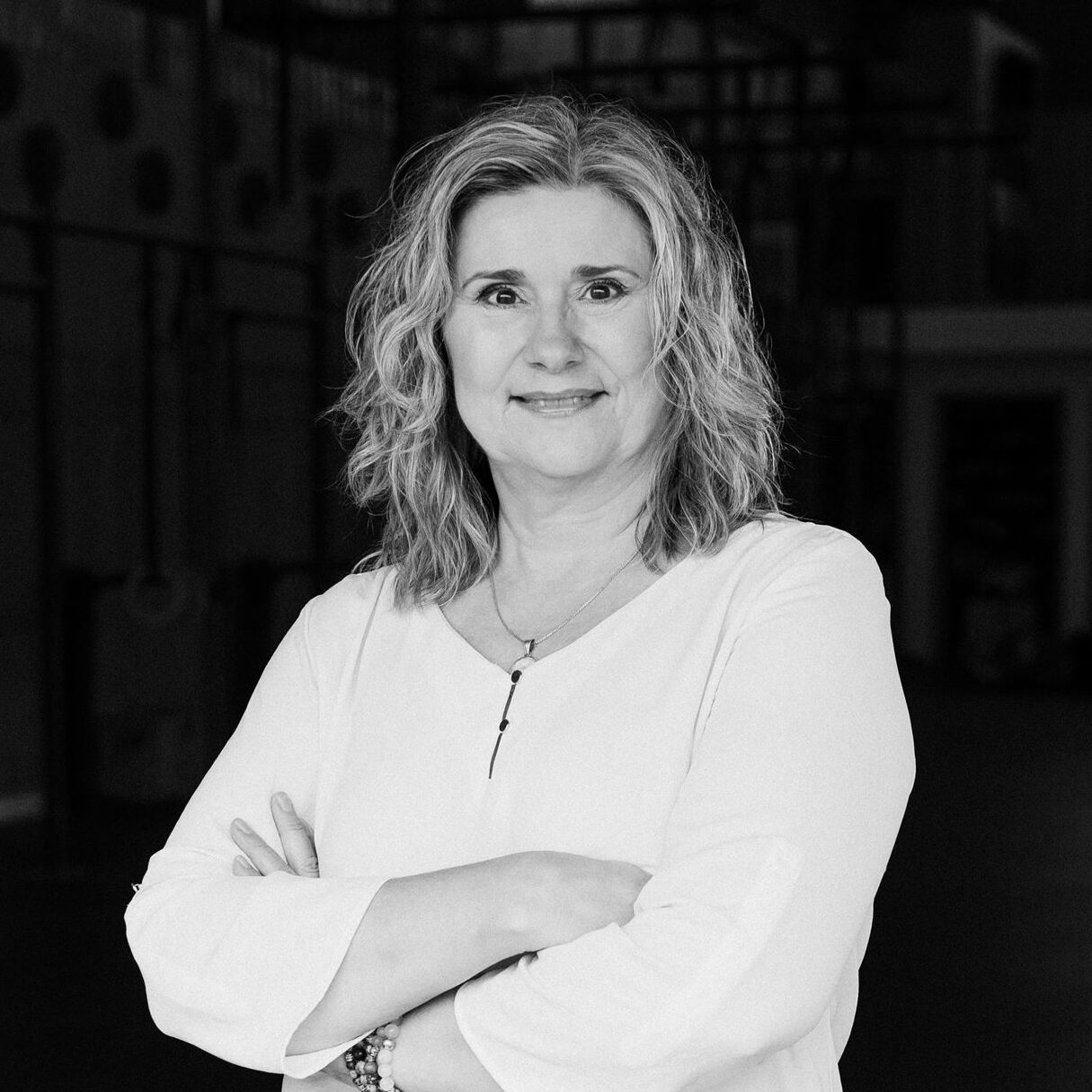Manual therapy encompasses a diverse array of techniques aimed at treating musculoskeletal issues, promoting relaxation, and enhancing overall well-being. From the ancient art of massage to modern innovations like biofield tuning, each method brings unique approaches and benefits. Understanding their differences can empower individuals to choose the therapy or combinations of therapies best suited to their needs.
Let’s delve into some common manual techniques and demystify the acronyms and jargon as we go:
1. ART (Active Release Techniques): is a soft tissue therapy that targets muscles, tendons, ligaments, fascia, and nerves. Practitioners use hands-on techniques to break up scar tissue and adhesions, restoring normal function and range of motion.

2. Biofield Tuning: This technique involves the use of tuning forks to detect and correct imbalances in the body’s electromagnetic field, or biofield. It aims to promote harmony and well-being by restoring coherence to the biofield.
3. Cupping: This traditional Chinese therapy involves placing cups on the skin to create suction. It is believed to increase blood flow, relieve muscle tension, and promote healing.
4. Chiropractic: Chiropractic care focuses on the diagnosis and treatment of musculoskeletal disorders, particularly those affecting the spine. Chiropractors use hands-on adjustments to create space in the joints (spinal and others) allowing for eventual re-alignment and function.

5. FST (Fascia Stretch Therapy): focuses on realigning the fascial (or connective) tissue and mobilizing joints through various stretches, oscillations and breathwork. The key difference with FST is that it works with the nervous system to achieve improved range of motion, reduced pain, and enhanced performance, in a non-painful way.
6. Graston Technique: involves the detection and treatment of scar tissue and fascial restrictions using specialized tools. It aims to improve function and reduce pain by breaking down adhesions.
7. Massage: Massage therapy encompasses varied techniques, including Swedish, deep tissue, and sports massage. It targets the body’s muscles to relieve tension, improve circulation, and promote relaxation.
8. Osteopathy: Osteopathic medicine emphasizes the interrelationship between the body’s structure and function. Osteopaths use a combination of manual techniques, including manipulation and stretching, to promote healing and alleviate pain.
9. Physiotherapy: also known as physical therapy, involves the assessment and treatment of musculoskeletal conditions. Physiotherapists use a variety of techniques, including manual therapy, ultrasound, electrical stimulation, and simple exercise prescription to promote rehabilitation.
10. Reiki: is a form of energy healing that originated in Japan. Practitioners channel universal life force energy to promote relaxation, reduce stress, and facilitate healing on physical, emotional, and spiritual levels.

11. Structural Integration (Rolfing, ATSI, etc.): aims to balance the body’s alignment through directional fascial manipulation to realign the body’s fascial lines of pull for movement re-education. The greatest improvements are to posture and sports function.
Whether you’re seeking pain relief, better mobility, recovery from injury, or enhanced well-being, there’s a manual therapy technique suited to your needs. Understanding their differences, and knowing the jargon, can empower you to take control of your health and wellness journey.
Until next time… ~ breathe ~ move ~ unwind ~





